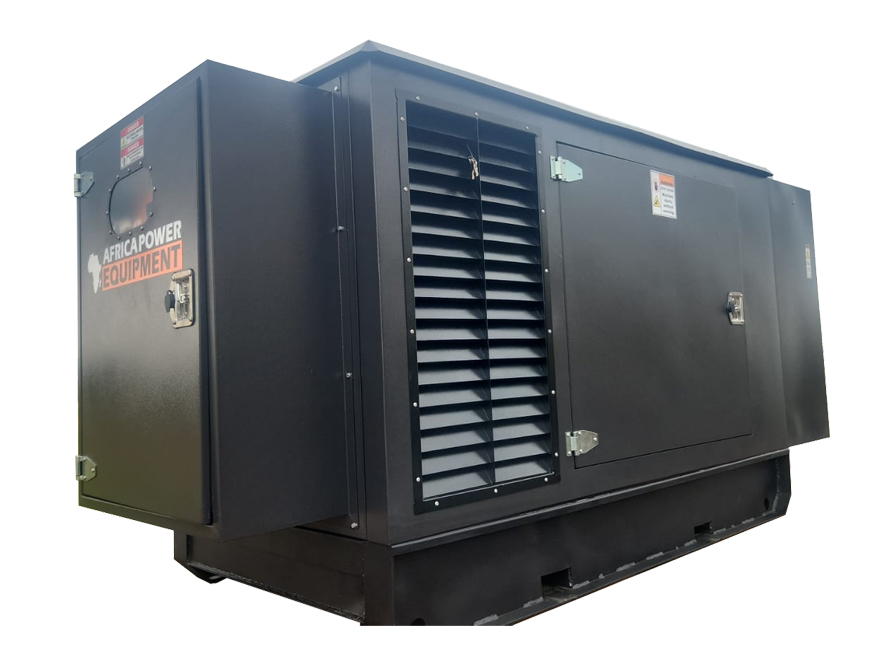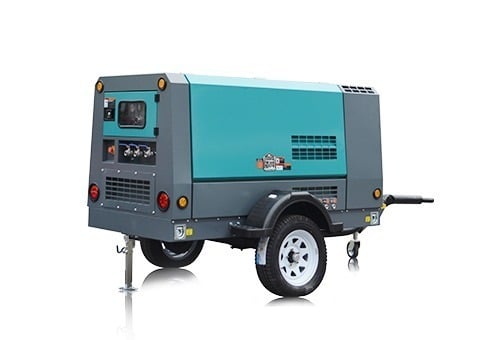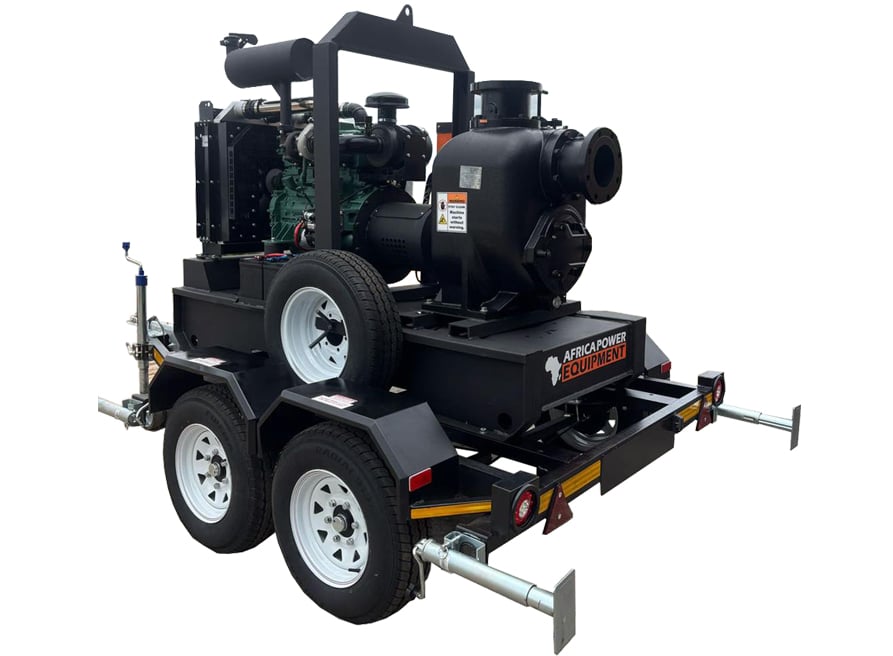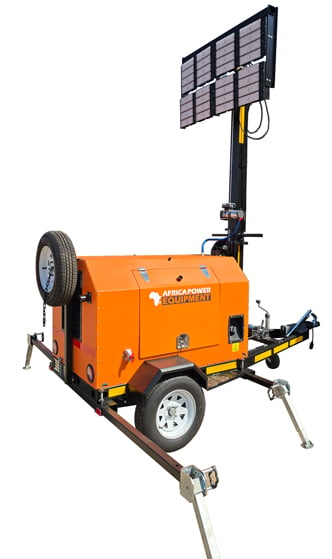How Do Hybrid Solar Systems Work in South Africa?
As power disruptions and energy costs rise in South Africa, more homes and businesses are looking for solar solutions that combine the best of both worlds — grid connectivity and off-grid independence. This is where hybrid solar systems come in.
But what exactly is a hybrid system, and how does it work?
In this article, we explain:
-
What hybrid solar systems are
-
How they differ from grid-tied and off-grid setups
-
Key components and how power flows
-
Their benefits and limitations
-
Whether a hybrid system is right for your needs
⚡ What Is a Hybrid Solar System?
A hybrid solar system combines:
-
Solar panels (to generate energy from sunlight)
-
Battery storage (to store excess solar power for later use)
-
Grid connectivity (as backup when solar or batteries fall short)
☀️🔋⚡ A hybrid system can use solar, batteries, and the grid in tandem, offering flexibility and reliability — even during load shedding.
🔄 How Does a Hybrid System Work?
Here’s how energy flows in a hybrid solar setup throughout a typical day:
☀️ Daytime (Sunlight Available)
-
Solar panels generate electricity
-
Power is first used by household loads
-
Excess power is stored in batteries
-
If batteries are full, excess may be exported to the grid (if allowed)
🌇 Evening (No Sunlight)
-
Stored battery power is used to power appliances
-
If batteries run low, power is drawn from the grid
⚫ Load Shedding / Outage
-
Batteries kick in to power essential loads
-
Grid cuts do not affect power delivery (if backup loads are configured)
🧠 Smart hybrid inverters manage all of this automatically, prioritizing solar and battery usage over grid power.
🔧 Key Components of a Hybrid Solar System
| Component | Function |
|---|---|
| Solar Panels | Capture sunlight and convert it to DC electricity |
| Hybrid Inverter | Converts DC to AC power and manages energy flow between sources |
| Battery Bank | Stores excess solar energy for use during night or outages |
| Grid Connection | Provides backup when solar and battery aren’t sufficient |
| Monitoring System | Lets you track performance, battery level, and usage patterns |
Most hybrid systems are modular, meaning you can expand panels or batteries as needed.
📊 Grid-Tied vs. Off-Grid vs. Hybrid
| Feature | Grid-Tied | Off-Grid | Hybrid |
|---|---|---|---|
| Uses solar panels | ✅ | ✅ | ✅ |
| Has battery storage | ❌ (optional) | ✅ | ✅ |
| Connected to Eskom/grid | ✅ | ❌ | ✅ |
| Works during outages | ❌ | ✅ | ✅ |
| Net metering support | ✅ (if available) | ❌ | ✅ (if registered) |
A hybrid system offers both autonomy and stability, ensuring you’re never completely reliant on any one source.
✅ Benefits of Hybrid Solar Systems
-
Power during load shedding
-
Reduced electricity bills
-
Lower dependence on Eskom
-
Energy storage for night-time use
-
Potential to export power (in supported metros)
⚠️ Limitations of Hybrid Systems
-
Higher upfront cost (due to batteries and advanced inverters)
-
Battery lifespan (5–10 years depending on type and usage)
-
Requires smart configuration for optimal performance
-
Municipal registration may be needed for grid feedback
⚡ Battery choice is critical: Lithium-ion batteries are preferred for their efficiency, depth of discharge, and longevity.
🔌 Is a Hybrid Solar System Right for You?
A hybrid system is ideal if:
-
You want uninterrupted power during outages
-
You use power at night and want to reduce grid use
-
Your municipality allows net metering or feed-in tariffs
-
You want the flexibility to expand your system later
💬 Example Use Case: Suburban Home in Gauteng
Scenario:
-
6kW solar panel array
-
10kWh lithium-ion battery
-
Hybrid inverter
-
Registered SSEG with City Power
Outcome:
-
Household runs 70–80% on solar
-
Battery powers essentials during outages
-
Exports ~100kWh/month back to the grid
✅ Result: Reduced Eskom bills + energy security + ROI in 6–8 years
🔗 Related Articles
🏁 Final Thoughts
Hybrid solar systems represent the future of residential and business energy in South Africa. With the ability to balance solar, storage, and grid use, they offer stability, savings, and peace of mind.
While the upfront investment is higher than grid-tied-only systems, the long-term benefits — especially in a country plagued by power interruptions — are well worth it.
Thinking of going hybrid? Make sure to choose quality components, consult an accredited installer, and check your municipality’s regulations to maximise your investment.





